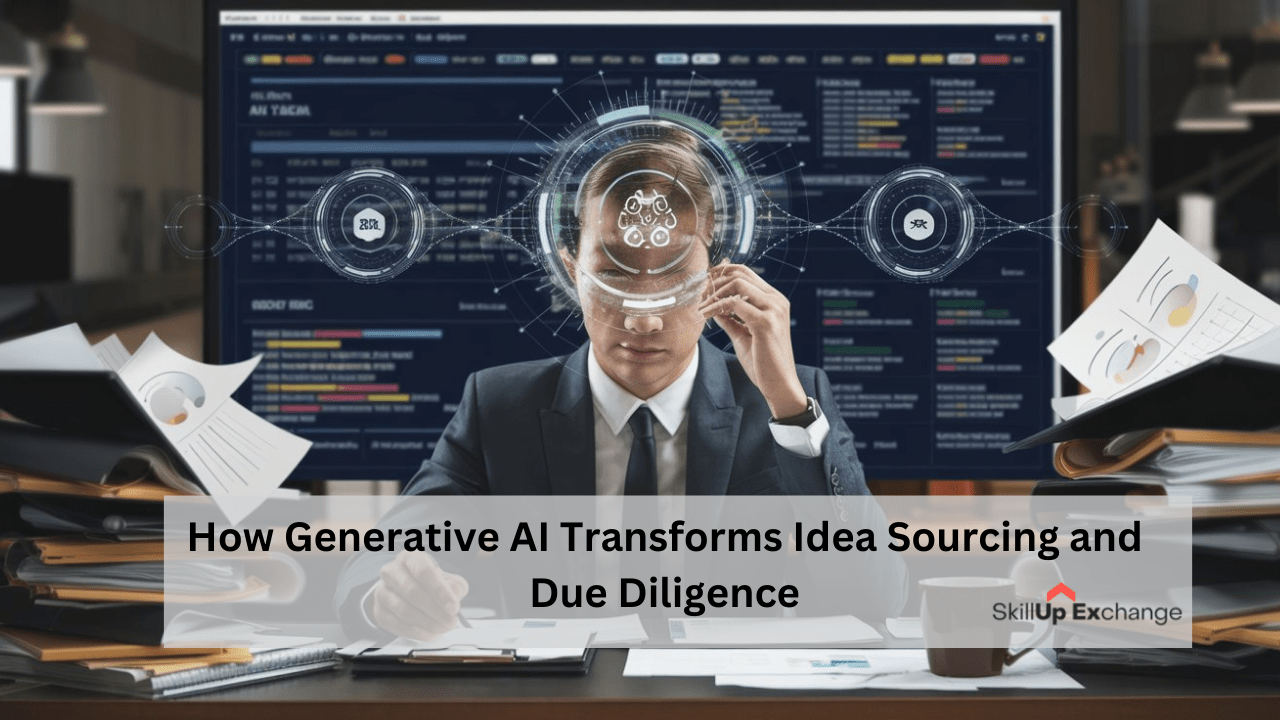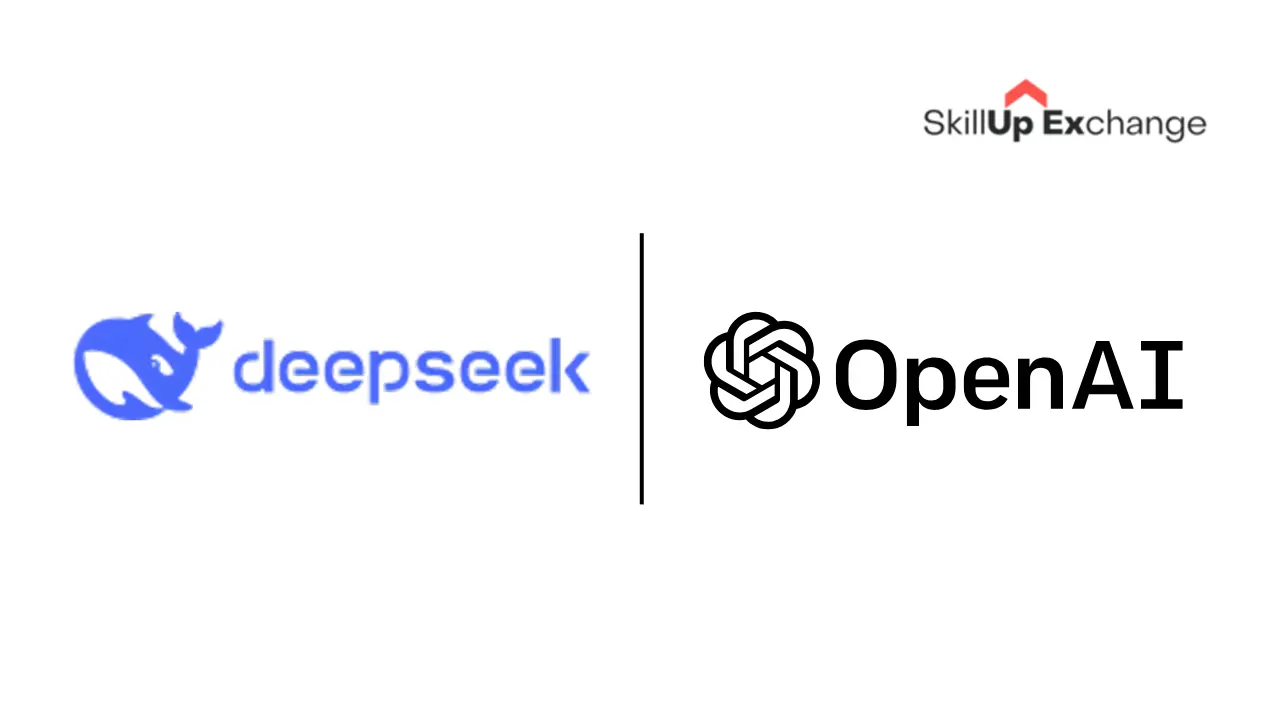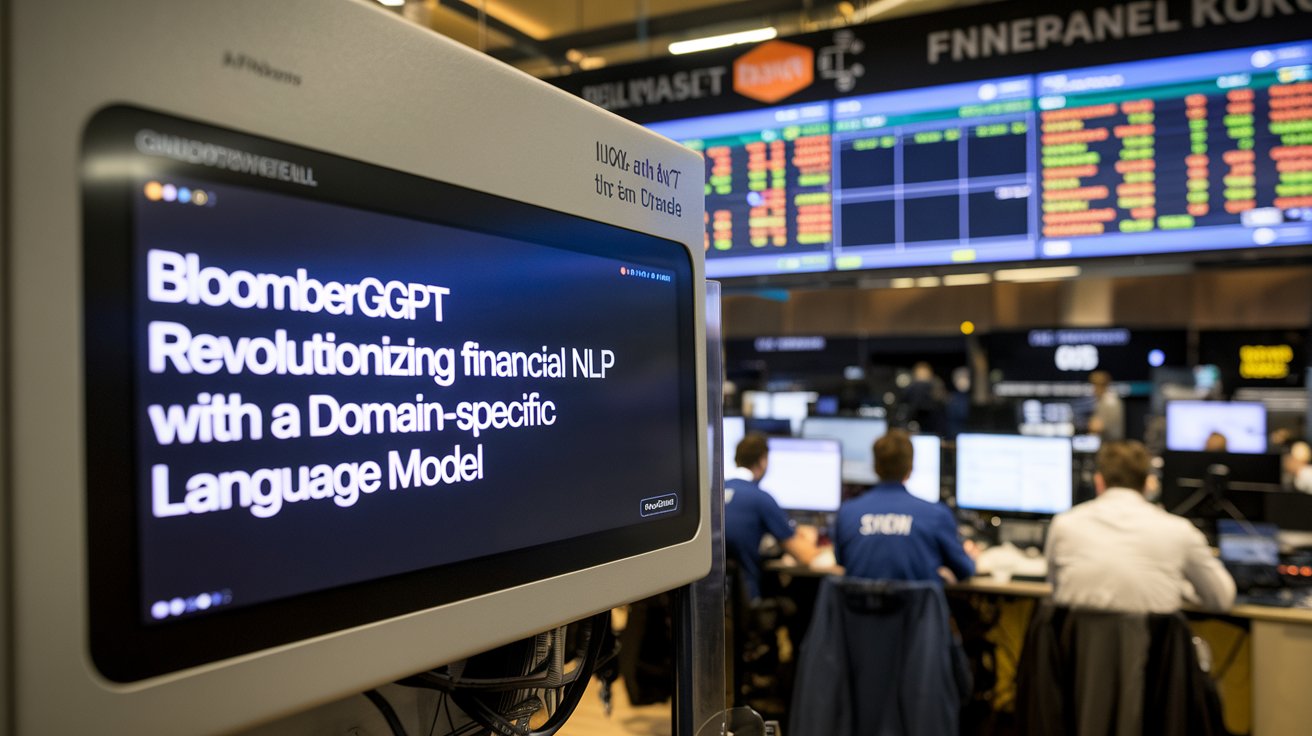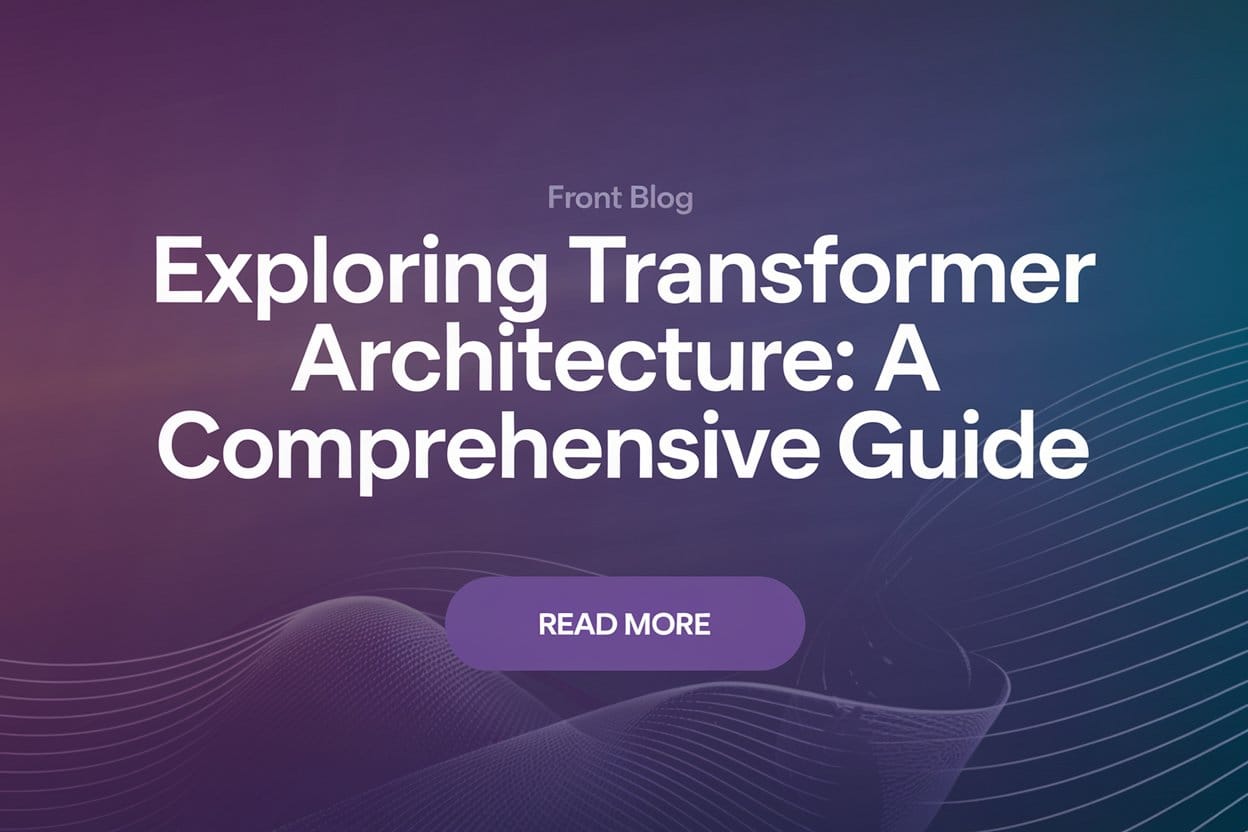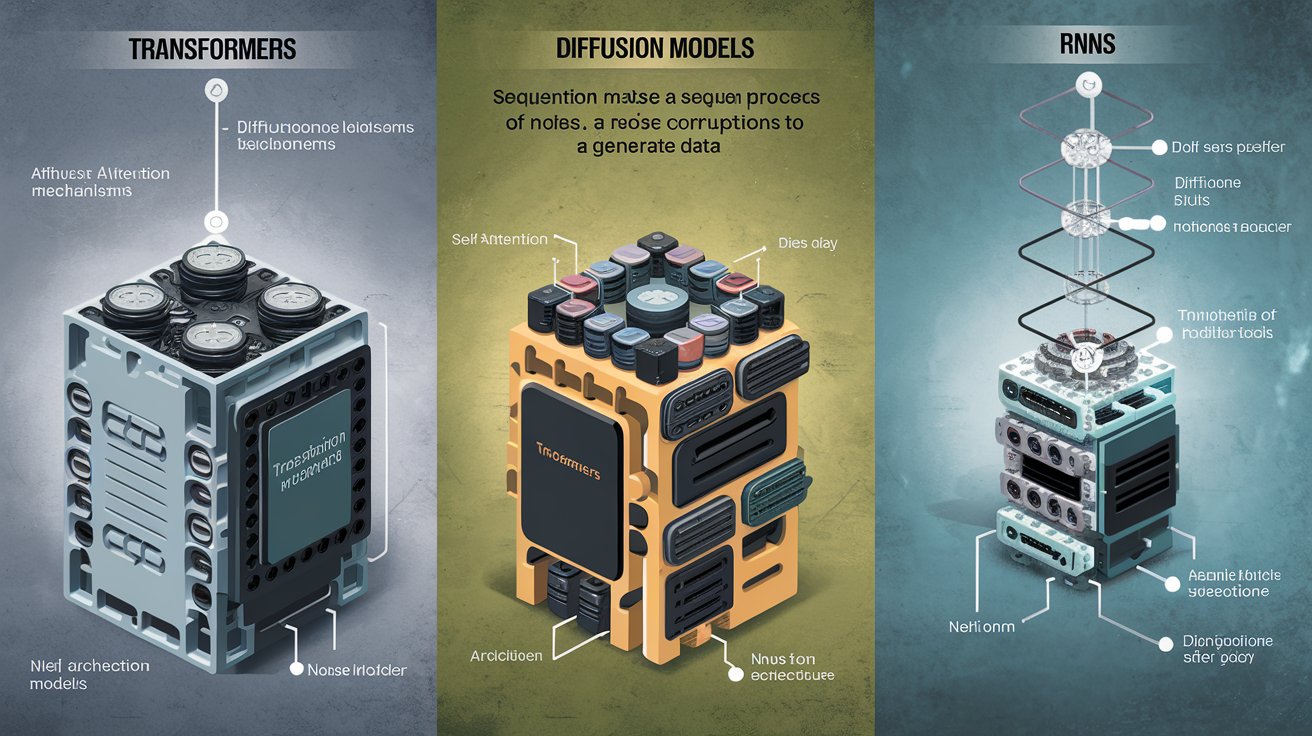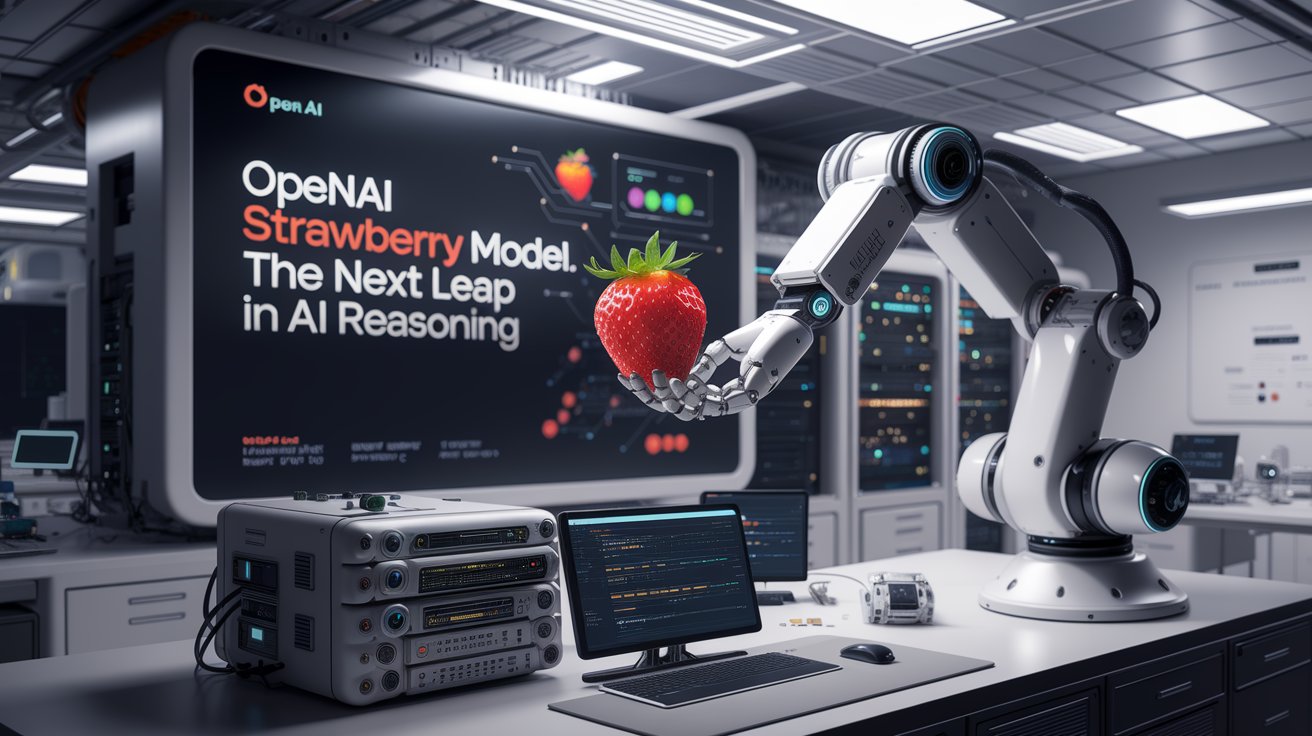LightGBM: A Comprehensive Guide to Efficient Gradient Boosting
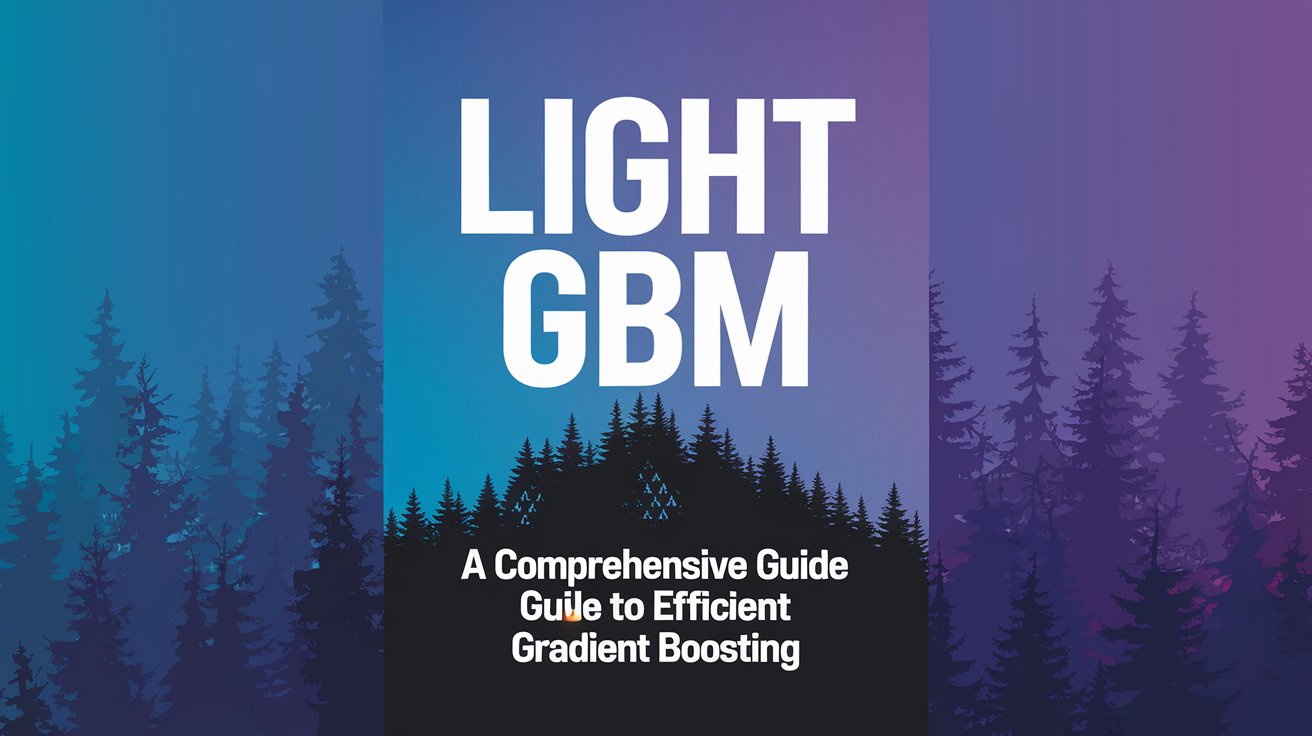
In recent years, gradient boosting has emerged as one of the most popular techniques for machine learning, providing top-notch performance in both classification and regression tasks. Gradient boosting works by sequentially building an ensemble of weak learners, typically decision trees, where each new tree corrects the errors made by the previous ones. This iterative refinement makes gradient boosting highly effective for improving model accuracy.
Among the several frameworks for gradient boosting, LightGBM (Light Gradient Boosting Machine) stands out for its speed, efficiency, and scalability. Developed by Microsoft, it has become a go-to tool for data scientists dealing with large datasets and complex machine learning problems. Its ability to handle vast amounts of data, coupled with its built-in support for GPU acceleration, makes it a highly practical solution for modern data challenges. Additionally, LightGBM is designed to be both user-friendly and flexible, allowing for a range of customization options through its various hyperparameters, making it adaptable to different machine learning needs.
In this blog, we’ll explore what makes LightGBM unique, its key features, advantages, and the use cases that illustrate why it has gained such widespread popularity in the data science community. We will also provide insights into how LightGBM differentiates itself from other popular frameworks, such as XGBoost, and how it can be leveraged effectively in different types of machine learning projects.
Table of Contents
What is LightGBM?
LightGBM is an open-source, distributed gradient boosting framework. It is specifically designed to handle large-scale data and aims to boost both training speed and prediction accuracy. It uses tree-based learning algorithms and adopts several novel techniques to overcome the limitations of traditional boosting frameworks like XGBoost.
The main goal of LightGBM is to provide a scalable solution that can efficiently handle both big data and complex machine learning tasks. The framework excels at optimizing performance through a set of advanced methods like leaf-wise tree growth, histogram-based learning, and gradient-based sampling. For more information on related topics, you may also find our previous article Microsoft Semantic Kernel: A Deep Dive into AI Orchestration helpful.
Key Features
LightGBM incorporates several key features that make it suitable for various machine learning applications. Below are some of its defining characteristics:
- Leaf-Wise Tree Growth:Unlike other boosting frameworks that employ level-wise growth, it uses a leaf-wise growth strategy. This approach focuses on splitting the leaf that provides the highest reduction in loss, allowing it to grow deeper trees and produce better accuracy. Although this method can lead to overfitting in some scenarios, it generally provides improved performance, especially when dealing with large datasets.
- Histogram-Based Decision Tree Learning:LightGBM employs a histogram-based learning method, where continuous features are bucketed into discrete bins. This not only reduces memory consumption but also speeds up training by making the computations of split points more efficient.
- Gradient-Based One-Side Sampling (GOSS):To improve training speed, LightGBM utilizes Gradient-Based One-Side Sampling (GOSS), where data instances with larger gradients are retained while those with smaller gradients are randomly dropped. This selective sampling speeds up the training process without compromising model accuracy.
- Exclusive Feature Bundling (EFB):LightGBM reduces the dimensionality of high-dimensional datasets through Exclusive Feature Bundling (EFB). Features that rarely take non-zero values simultaneously are bundled together, reducing the number of features and improving computational efficiency.
- Support for Parallel and Distributed Learning:LightGBM is designed with scalability in mind. It supports parallel and distributed learning, allowing the framework to utilize multi-core CPUs and even GPU acceleration to speed up the training process. This makes it suitable for deployment in distributed computing environments.
Advantages of LightGBM
LightGBM has several advantages over other gradient boosting frameworks, such as XGBoost, particularly when it comes to speed, efficiency, and handling large datasets. Here are some key benefits:
- Faster Training Speed: By leveraging a histogram-based learning approach, it can speed up the training process significantly compared to traditional methods. It is reported to be up to 20 times faster than some other gradient boosting frameworks.
- Lower Memory Usage: LightGBM’s design optimizes memory consumption, enabling it to efficiently handle large datasets without requiring extensive computing resources. This is particularly important when working with big data or limited memory environments.
- High Predictive Accuracy: The leaf-wise growth strategy and various optimizations employed by LightGBM allow it to achieve high predictive accuracy, often outperforming other algorithms like XGBoost in real-world scenarios.
- Flexibility: It is compatible with multiple programming languages, including Python, R, C++, and C#. This flexibility allows it to be used in a wide range of environments and applications.
- Handling Imbalanced Datasets: It performs well with imbalanced datasets due to its ability to focus more on instances with high gradients. This is a significant advantage for tasks like fraud detection or medical diagnostics, where one class is rare compared to others.
Use Cases for LightGBM
LightGBM’s versatility makes it suitable for a wide range of applications, from industry to academia. Here are some scenarios where it often outperforms other machine learning algorithms:
- Ranking and Recommendation Systems: It is widely used in search engines and recommendation systems to predict the rank or relevance of items. Its ability to grow deep trees helps it model complex relationships effectively, making it ideal for improving the user experience in such systems.
- Fraud Detection:The capability to handle imbalanced datasets makes it suitable for fraud detection in banking and financial services. By retaining data points with larger gradients, LightGBM ensures that minority classes are accurately identified.
- Insurance and Risk Modeling:In industries like insurance, where datasets are often large and high-dimensional, LightGBM can quickly train models that help in risk assessment or claim prediction, significantly reducing processing time while maintaining accuracy.
- Real-Time Predictions: It’s fast training speed and low memory footprint make it ideal for applications that require real-time predictions, such as dynamic pricing models or online advertisement bidding.
- Healthcare and Medical Diagnostics:The ability to model complex interactions between features makes LightGBM suitable for medical diagnostics, where understanding intricate relationships between patient data is crucial for accurate predictions.
- Forecasting: It is also used for forecasting tasks such as predicting energy consumption, streamflow, or lithium battery life. Its ability to handle high-dimensional data and perform accurate regression makes it a valuable tool for these applications.
Comparing LightGBM to Other Gradient Boosting Frameworks
LightGBM vs. XGBoost is a common comparison in the world of gradient boosting algorithms. While both are popular and often used interchangeably, there are some differences worth noting:
- Speed and Efficiency: LightGBM tends to be faster due to its histogram-based learning and leaf-wise growth strategy, which can produce deeper trees.
- Memory Usage: LightGBM is generally more memory-efficient compared to XGBoost.
- Handling Large Datasets: LightGBM’s optimizations for handling large datasets make it a preferable choice for big data applications.
However, LightGBM’s leaf-wise growth can sometimes lead to overfitting, especially in small datasets, whereas XGBoost’s level-wise growth may provide better control over tree depth, making it more suitable for datasets where overfitting is a concern.
Tips for Getting the Best Out of LightGBM
If you’re considering using LightGBM for your next project, here are a few tips to help you get the most out of it:
- Parameter Tuning: It has a wide range of hyperparameters that can be tuned to achieve the best results. Parameters such as
num_leaves,max_depth, andlearning_rateshould be carefully tuned to balance performance and avoid overfitting. - Feature Engineering: It benefits from effective feature engineering. Using Exclusive Feature Bundling (EFB) can help reduce the dimensionality of large datasets, which not only speeds up training but also helps reduce the risk of overfitting.
- Use GPU for Training: If you have access to GPUs, consider enabling GPU training. LightGBM has support for GPU acceleration, which can further reduce training times, especially for large datasets.
- Monitor Overfitting: Since LightGBM tends to grow deeper trees with its leaf-wise approach, it is crucial to monitor your model for signs of overfitting. Techniques such as early stopping or adjusting the
max_depthparameter can help mitigate this issue.
Conclusion
LightGBM is a powerful and versatile gradient boosting framework that excels in efficiency, scalability, and performance. Whether you’re working with massive datasets, imbalanced classes, or complex relationships between features, it provides the tools you need to build robust models quickly and efficiently. Its ability to work seamlessly across various environments, from local machines to distributed clusters, makes it a flexible solution for different scales of machine learning projects.
Its unique techniques, such as leaf-wise growth, GOSS, and EFB, make it an attractive choice for many machine learning practitioners. These techniques allow it to handle a diverse set of challenges, from reducing memory consumption to improving accuracy by focusing on relevant data points during training. By understanding its strengths and applying best practices, you can leverage LightGBM to achieve outstanding results in a wide array of applications, ranging from predictive modeling to real-time decision-making systems.
Whether you’re a data scientist looking to boost the accuracy of your predictive models or an engineer seeking to implement efficient solutions for real-time predictions, It has a lot to offer. Start experimenting today, explore the different hyperparameter tuning options, and see how this powerful tool can take your projects to the next level. By dedicating time to mastering it’s features, you can unlock new potential in your machine learning workflows, ultimately creating more effective and impactful models that meet the needs of your business or research endeavors.
